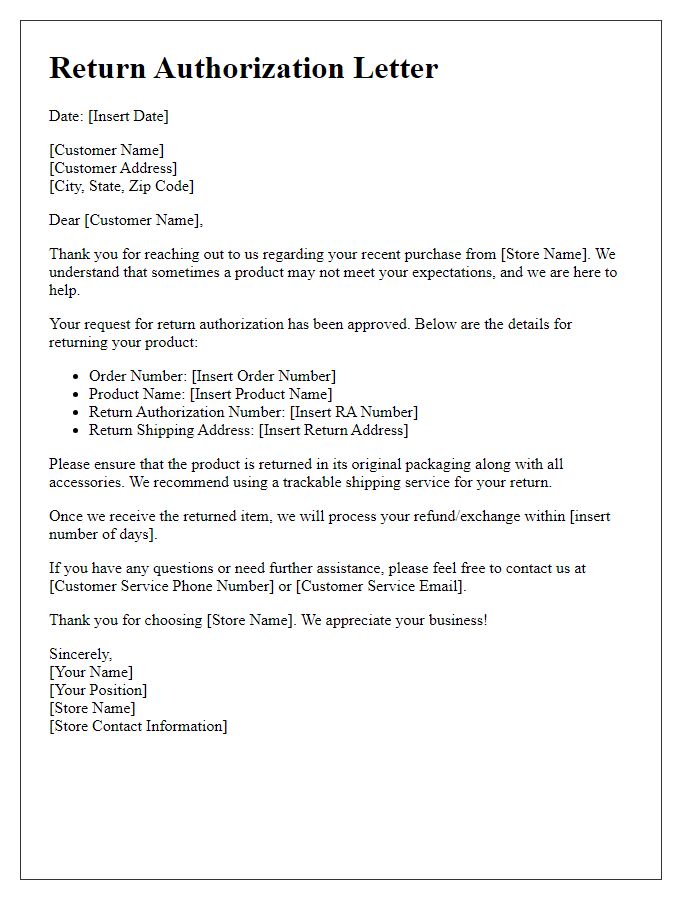Are you facing a retail dispute and feeling overwhelmed with where to start? Navigating the ins and outs of dispute resolution procedures can be tricky, but it doesn't have to be. This guide will walk you through a simple letter template designed to effectively communicate your concerns and reach a satisfactory resolution. So grab a seat and let's dive into the details that can help you reclaim your retail rights!

Clear identification of parties involved
In retail dispute resolution, clear identification of parties involved is crucial for an effective process. This includes the retail company (e.g., Walmart, Target) and the customer (individual party). Each party should provide specific information such as full legal name, contact details (including phone number and email), and any relevant identifiers like order numbers or membership IDs. Documenting the relationship between the parties, such as the date of the transaction and the nature of the dispute (e.g., refund request, product defect), enhances clarity. Accurately identifying involved parties ensures accountability and streamlines communication throughout the resolution process.
Detailed description of the dispute
A retail dispute often arises from discrepancies between purchased items and their representation. One common scenario involves a consumer purchasing high-end electronics, such as a Samsung Galaxy smartphone, expecting features detailed in advertisements, such as a 108 MP camera and long battery life. Upon receipt, the consumer discovers the item does not match these specifications, leading to dissatisfaction. Additionally, shipping issues may contribute to the dispute, particularly if the product arrives damaged or after an extended delay, exceeding the estimated delivery timeframe (often 5-7 business days). In such cases, documentation of the original listing, photographs of the received product, and shipping receipts become crucial evidence for a resolution process. The consumer seeks remedies, such as a full refund or replacement, emphasizing their rights under consumer protection laws, which typically mandate accurate product representation and satisfactory service.
Reference to relevant contracts or agreements
Retail dispute resolution procedures often rely on clearly outlined contracts or agreements that dictate the terms of service, return policies, and consumer rights. These agreements typically reference key regulations under consumer protection laws, specifying obligations for both retailers and customers. For instance, the Sale of Goods Act (1979) in the UK emphasizes that products must be of satisfactory quality and fit for purpose. Retailers must adhere to specific timelines for addressing complaints and refunds, often defined in internal policy documents. Having documented evidence of transactions, such as invoices, can support claims during disputes, leading to resolutions aligned with established agreements. Clear communication about the steps involved in the dispute resolution process is crucial for maintaining customer trust and satisfaction.
Suggested resolution or compromise
In retail environments, resolving disputes effectively can enhance customer satisfaction and loyalty. Effective dispute resolution procedures often involve a clear understanding of policies, such as return protocols or warranty terms, often outlined in official documents like a customer service guide provided at the point of sale. A common suggested resolution includes offering a partial refund, which can be a specific percentage of the original purchase price, or a replacement item of equal value. For customers facing service issues, providing store credit may allow for a compromise, empowering customers to choose alternative products while ensuring that the retailer maintains a positive relationship. Timely communication, ideally within 14 days of the complaint, can show commitment to customer care. Offering additional benefits, such as discounts on future purchases, also supports goodwill and enhances customer retention.
Contact information for follow-up communication
In retail dispute resolution processes, clear contact information is crucial for effective communication. Retailers must provide a dedicated customer service phone line, often reachable during business hours, which typically runs from 9 AM to 5 PM on weekdays. Email addresses, such as customer.service@example.com, enable customers to submit detailed inquiries or complaints. Consent for follow-up via direct mail is common; organizations frequently utilize customer mailing addresses on file for correspondence. Social media platforms, including Twitter and Facebook, offer additional avenues for communication, often monitored by customer service teams. Ensuring representatives are accessible within specific time frames enhances the resolution process for dissatisfied customers.
















Comments